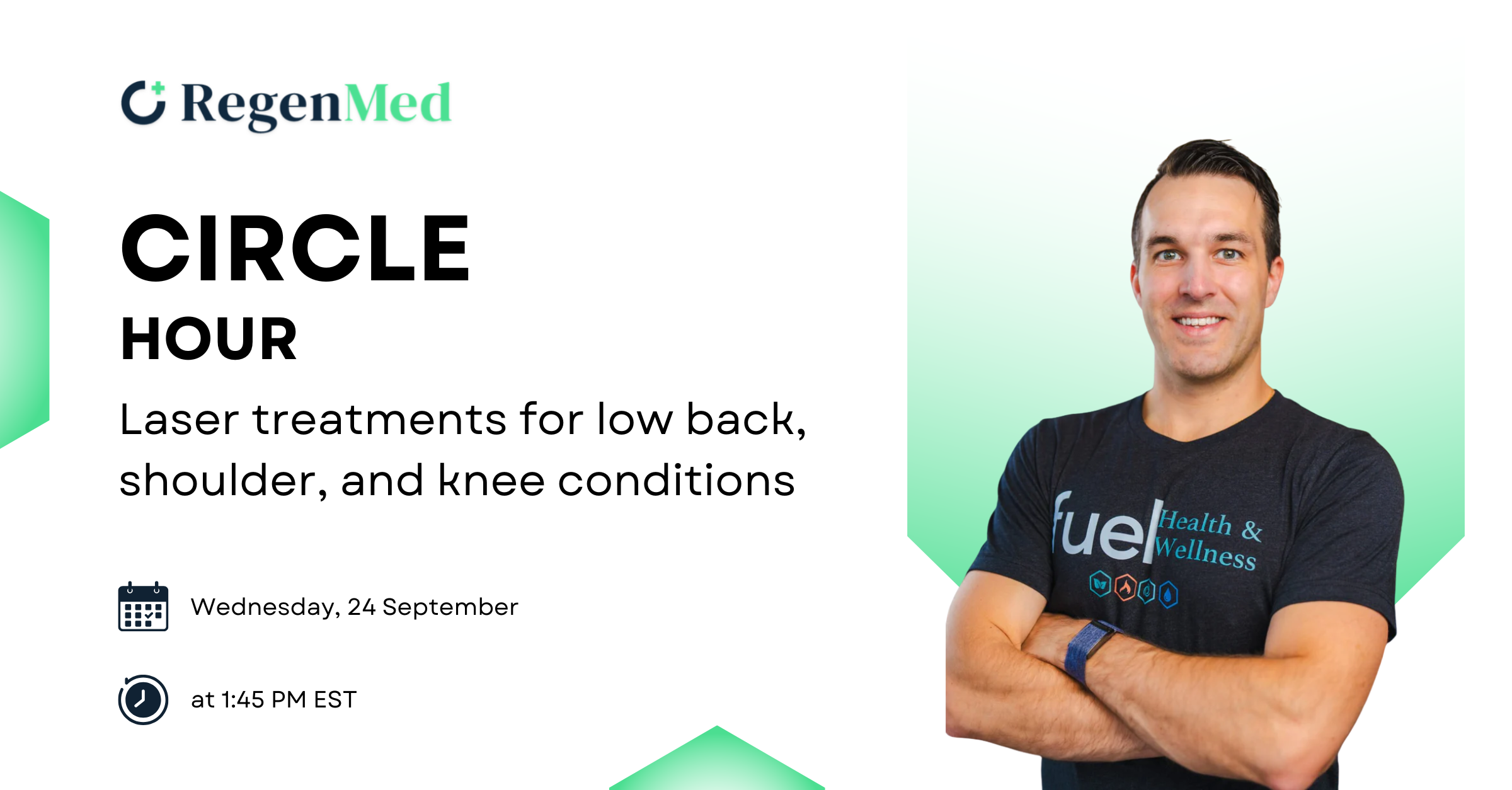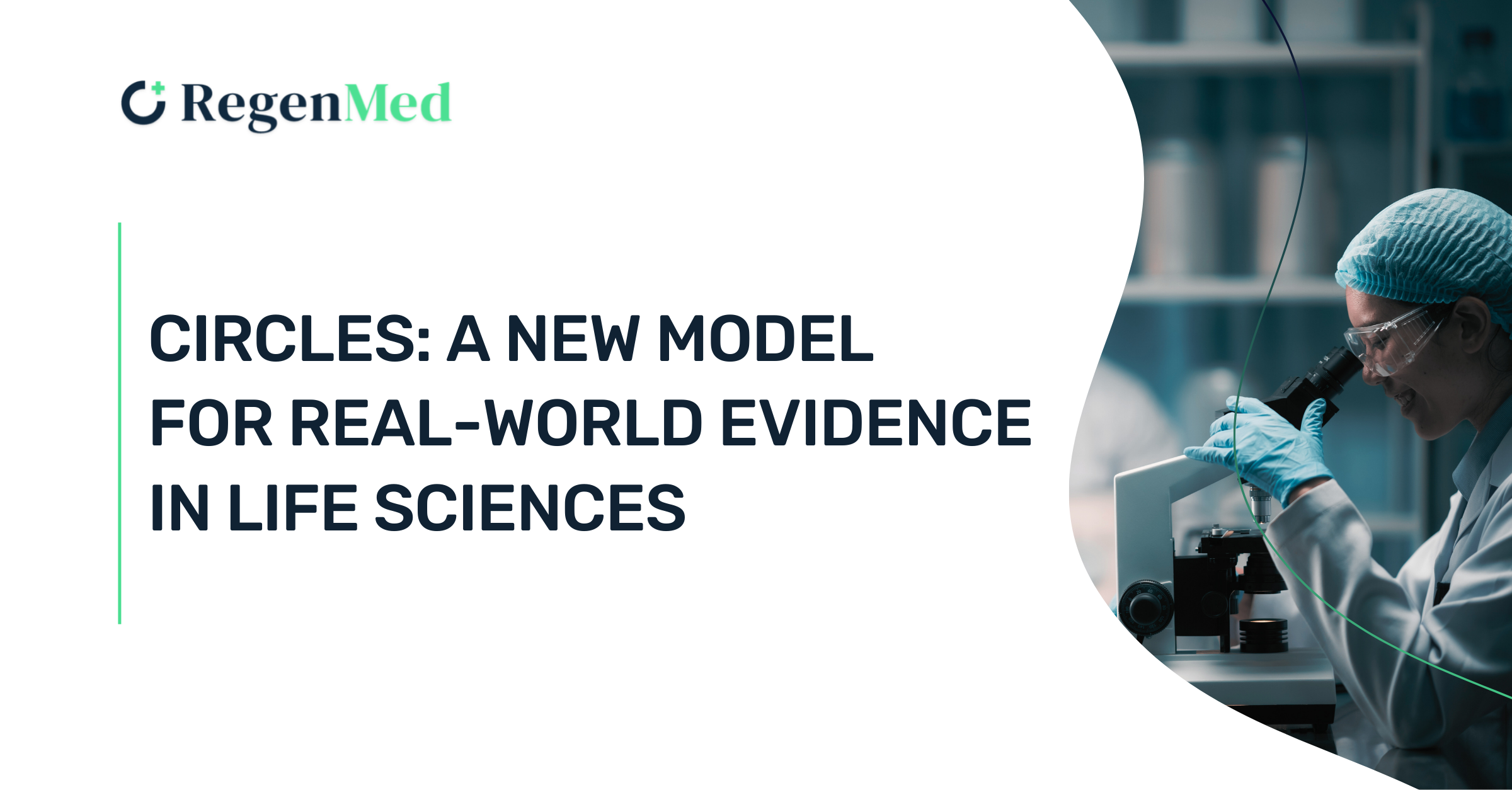Validatable Real‑World Evidence for Pediatric Musculoskeletal Care: How Circles Closes the Gap
Discover how real-world evidence is transforming pediatric musculoskeletal care—improving diagnosis, long-term outcomes, and family experiences. Learn how innovative data approaches like Circles are closing gaps in research and guiding better decisions for children's health.
Pediatric musculoskeletal (MSK) conditions span everyday sprains and overuse injuries to scoliosis, juvenile idiopathic arthritis (JIA), congenital deformities, infections, tumors, and rare neuromuscular disorders. What unites them is the need for decisions that respect growth and development, where early recognition, longitudinal follow‑up, and patient‑family experience matter as much as imaging and lab values. Yet the evidence gaps are real: randomized controlled trials (RCTs) in children are often constrained by ethics, logistics, and small cohorts. The result is uncertainty about long‑term outcomes, conservative (non‑drug) care, and the total burden borne by families.Why The Gaps PersistDiagnostic complexity: Children present differently from adults, may not verbalize pain, and “red flags” are subtle. Limb or joint pain can even herald systemic disease. Infections like osteomyelitis may not appear on X‑rays for one to two weeks, and septic arthritis carries a narrow window to prevent permanent damage—where “time is joint.”Developmental variability: Conditions appear at different ages and evolve over growth. Examples include scoliosis (≈3% of adolescents), clubfoot and developmental dysplasia of the hip (~1 in 1,000 births each), and slipped capital femoral epiphysis (~0.5 in 1,000 early adolescents). Care pathways must adapt to growth spurts and changing biomechanics.Long trajectories and lived burden: Many pediatric MSK conditions unfold over years. Pharmacologic options for JIA, for instance, have substantial costs and require sustained monitoring; bracing and physical therapy demand adherence that’s hard to measure outside research settings. Families shoulder indirect costs (missed work, travel, lodging) alongside clinical challenges.Traditional research limits: RCTs remain vital for efficacy questions but under‑represent children and rarely capture multi‑year real‑world outcomes or quality‑of‑life effects.Why Real‑World Evidence (RWE) NowReal‑world data (RWD) from electronic health records, registries, claims, digital health, and patient‑generated sources can fill gaps by observing diverse children over time in routine care. With 99% of U.S. hospitals and about 90% of office‑based clinicians using EHRs, the substrate exists to answer pediatric questions faster, at lower cost, and at scale. RWE complements — not replaces — RCTs by showing effectiveness, safety, and adherence in heterogeneous settings and by surfacing outcomes that matter to families (function, return‑to‑play, school participation). Methodological rigor still matters: data quality, missingness, confounding, and selection bias must be addressed to make findings decision‑grade.What Makes Circles DifferentCircles is RegenMed’s structured, clinician‑efficient approach to producing validatable RWE. Each Circle starts with a prospectively designed Observational Protocol (OP) focused on a concrete clinical objective for a well‑defined cohort and anatomy/pathology. Data capture flows through the physician‑facing inCytes™ and the patient‑facing Benchmarc™ modules, minimizing administrative burden while elevating patient (and caregiver) engagement. Three elements stand out:Closed‑system, high‑fidelity datasets: Circles integrate diagnosis and treatment data with well‑correlated long‑term outcomes, producing datasets that are controlled, unambiguously owned, and free of artifacts. This is crucial when rare cohorts and small N’s can otherwise magnify noise.Built‑in collaboration: Pediatric orthopedics often needs multi‑site aggregation to reach statistical power. Circles are designed for cross‑institutional — and even cross‑national —i nvestigator networks, enabling representative cohorts for rare or complex conditions.A continuous improvement loop: OP → collaborative data generation → ongoing analysis/learning → refined standards of care. Validatable RWE becomes a practical tool for clinical decision support, education, compliance, and funding — linking evidence to everyday practice and sustainability.Where Circles Moves The NeedleEarlier, more accurate diagnoses: By correlating granular histories, exams, imaging, labs, and outcomes across large cohorts, Circles help surface atypical presentations (e.g., leukemia presenting as limb pain) and time‑critical signals (e.g., septic arthritis) that are often missed in fragmented records. Longitudinal clarity for long‑horizon conditions: Multi‑year capture supports conditions whose trajectories span growth, such as scoliosis, JIA, and dystrophies —illuminating real‑world effectiveness and safety of bracing, physical therapy, and biologics.Evidence for interventions where RCTs are impractical: For pediatric devices and off‑label or compassionate uses, Circles generate the quality of RWE needed for label expansions, post‑market surveillance, and pediatric‑specific guidance.Non‑pharmacologic care, finally quantified: Circles track adherence (e.g., bracing hours, physical therapy frequency/intensity) and relate it to objective function (range of motion, return‑to‑play) and patient‑reported outcomes, strengthening the case for conservative care and reimbursement.Value‑based care and health economics: Benchmarc™ captures the lived experience — pain scales, CHAQ/PedsQL, and caregiver costs (missed work, travel, lodging) — to quantify true “cost of illness” and inform smarter payment models.Regulatory‑grade insight: With structured capture and multi‑site cohorts, Circles’ datasets align with how regulators increasingly use RWE to support new indications, pediatric populations, dosing refinements, and post‑approval requirements.Illustrative Pediatric MSK Use CasesScoliosis: Compare bracing adherence and curve progression with functional and respiratory outcomes; define timing and thresholds for bracing vs. early surgical options (e.g., fusion, tethering). JIA: Track real‑world adherence, safety, and durability of biologics over years; relate disease activity control to school participation and caregiver burden; refine treat‑to‑target protocols. Congenital deformities & rare neuromuscular disease: Aggregate multi‑site cohorts to characterize natural history, assess emerging therapies, and set pragmatic standards of care when single‑center RCTs are infeasible.Sports and overuse injuries: Quantify prevention and rehab protocols, identify risk factors (load, environment, nutrition), and define safer, data‑driven return‑to‑sport criteria.(See the summaries in Table 1 on pediatric MSK challenges, Table 2 on RWE advantages/limitations, and Table 3 on Circles use cases.)What Good Looks Like: From Data To DecisionsThe goal is not more data but better decisions. Circles connects high‑quality, longitudinal datasets to the work clinicians, families, payers, and regulators must do:For clinicians: earlier recognition; clearer care pathways; fewer avoidable surgeries; better rehab; practical decision support at the point of care.For families: visibility into outcomes that matter; reduced time and money burdens; shared‑decision‑making grounded in evidence.For payers and health systems: credible HEOR to pay for what works; reduced waste from non‑adherent or poorly sequenced care.For innovators and regulators: validated post‑market surveillance and faster pediatric label evolution without compromising safety.Pediatric MSK care needs multi‑stakeholder collaboration, standardized data models and interoperability, integration of RWE into point‑of‑care tools, regulatory pathways tuned for children, and authentic patient‑family engagement. Circles was built for that agenda. By turning routine care into validatable evidence — and doing it with minimal burden — Circles helps close the pediatric evidence gap and accelerates better outcomes for kids.Contact us to learn more.
See more







